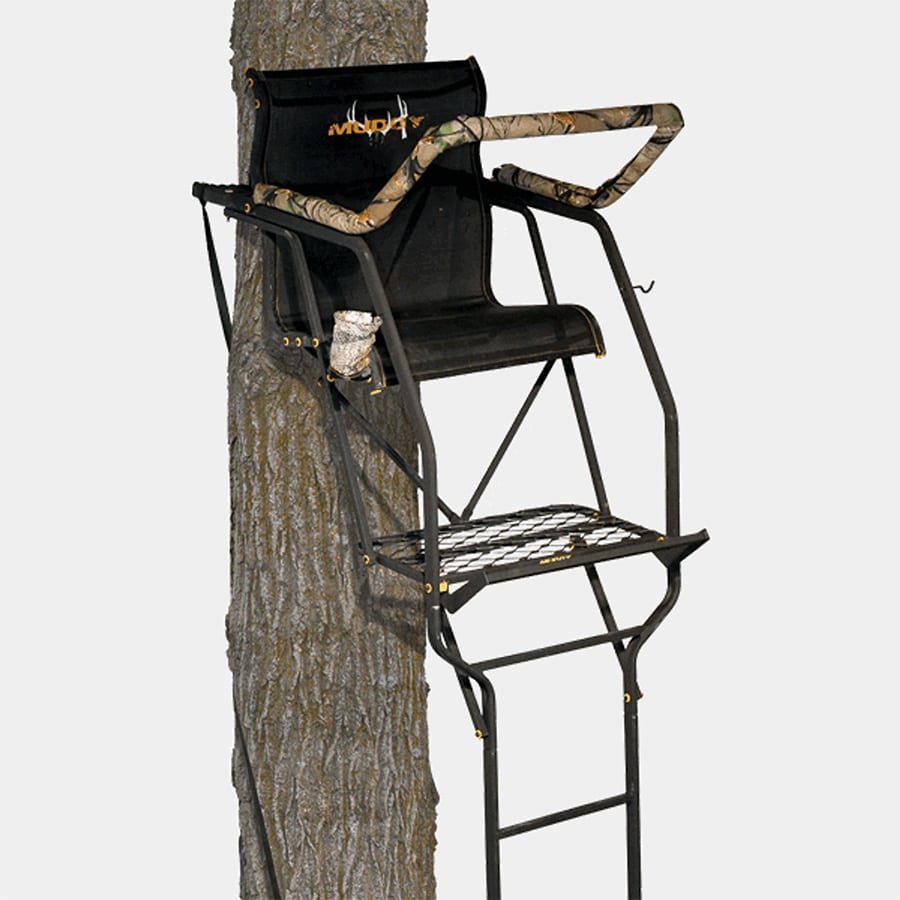Killer Tree Stands: The Devil Is in the Details
September 26th, 2022
4 minute read
It was a real game changer. Indeed, success rates for deer hunters began soaring in the mid 1980s with the introduction of the portable tree stand. No longer were your fortunes pinned to one tree stand built at one permanent location, but suddenly you could, on a daily basis, erect a shooting platform almost anywhere you could find a suitable tree overlooking a promising ambush site. Bowhunters were the first to take advantage of this new strategy, but it did not take long for firearm aficionados to realize the potential of these lightweight commercial contraptions.
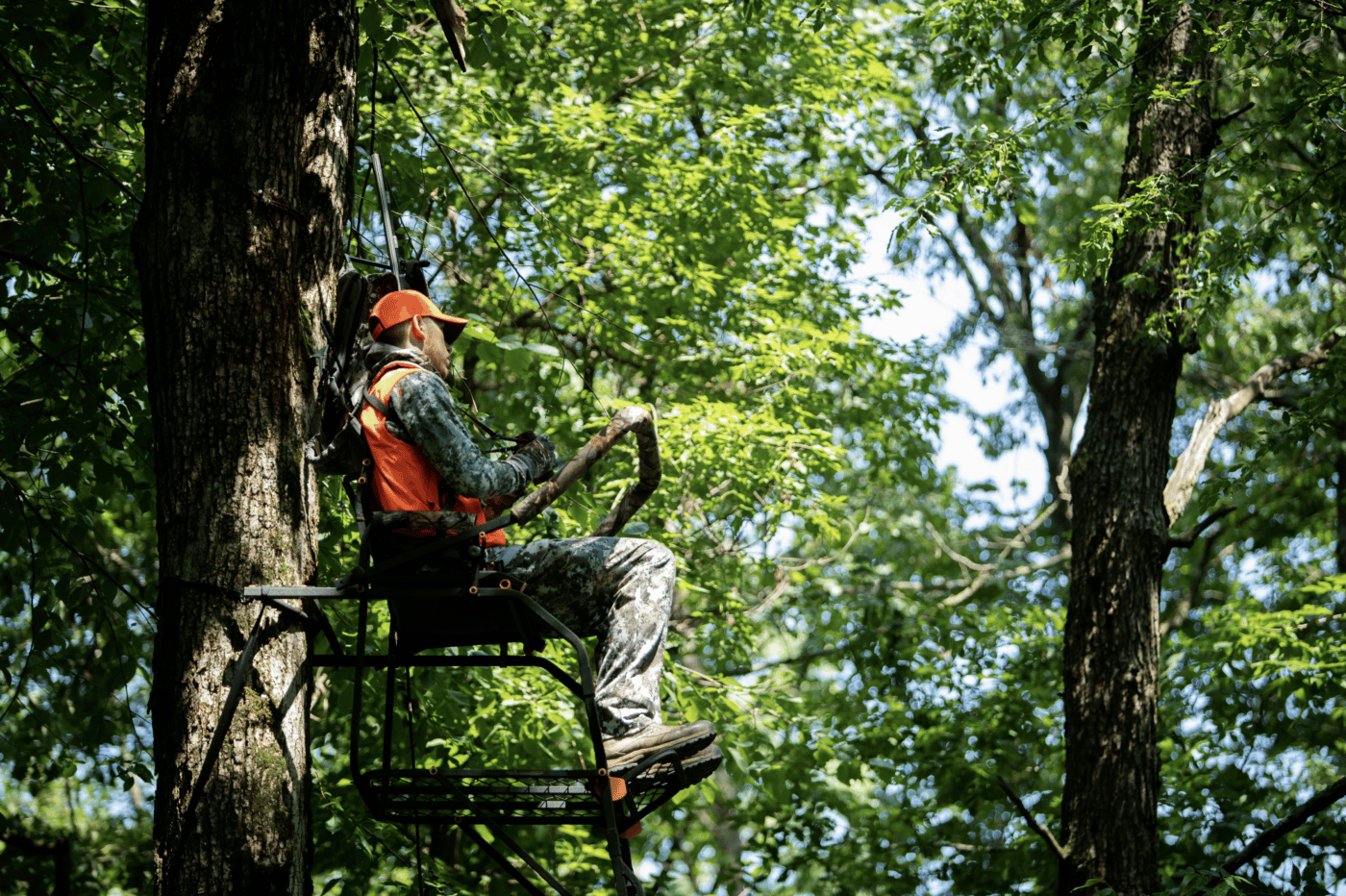
Why? Racked bucks like to take refuge in the thick stuff once the shooting season gets underway, and the best way to waylay such a critter is to get above the brush where you can see better and shoot down into an unsuspecting animal. What is so special about hunting from a tree stand? That is easy!
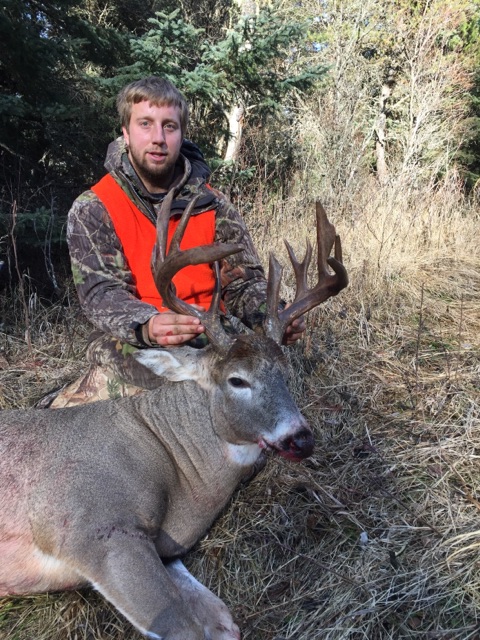
Hunting from an elevated platform helps nullify a buck’s three primary senses: sight, sound and smell. However, just because you are perched a dozen or more feet above the forest floor does not mean you are about to drop a whopper of a buck in his tracks. Here’s how to fine-tune your aerial ambush site into a veritable trophy-buck killing machine.
Fooling a Buck’s Nose with a Tree Stand
What is your first consideration in stand placement? It is wind direction and that means you must set up downwind or crosswind to where you expect a buck to amble past. In hilly regions, be sure to take daily thermals into account. A good rule of thumb is to realize that winds rush uphill with the rising sun and settle back downhill with the setting sun. Thus, you may require two or more stand locations to cover a hot spot at different times of the day and those days when the winds are blowing erratically.
A buck can also be alerted to your presence by sniffing the trails you take to your stand. Wear rubber-bottomed boots coupled with scent pads or a drag rag soaked in fox, coyote or raccoon urine to help keep your human scent to a minimum. And just as importantly, avoid crossing any deer trail that a local buck may use to saunter past your stand. You cannot be too careful!
Up in a Stand to Avoid the Buck’s Eyes
You must avoid being silhouetted against the skyline, so look for a copse of trees or a tree with a large trunk to help conceal your torso. Large evergreens are always a good choice as are trees with hanging broken limbs and lots of dead leaves.
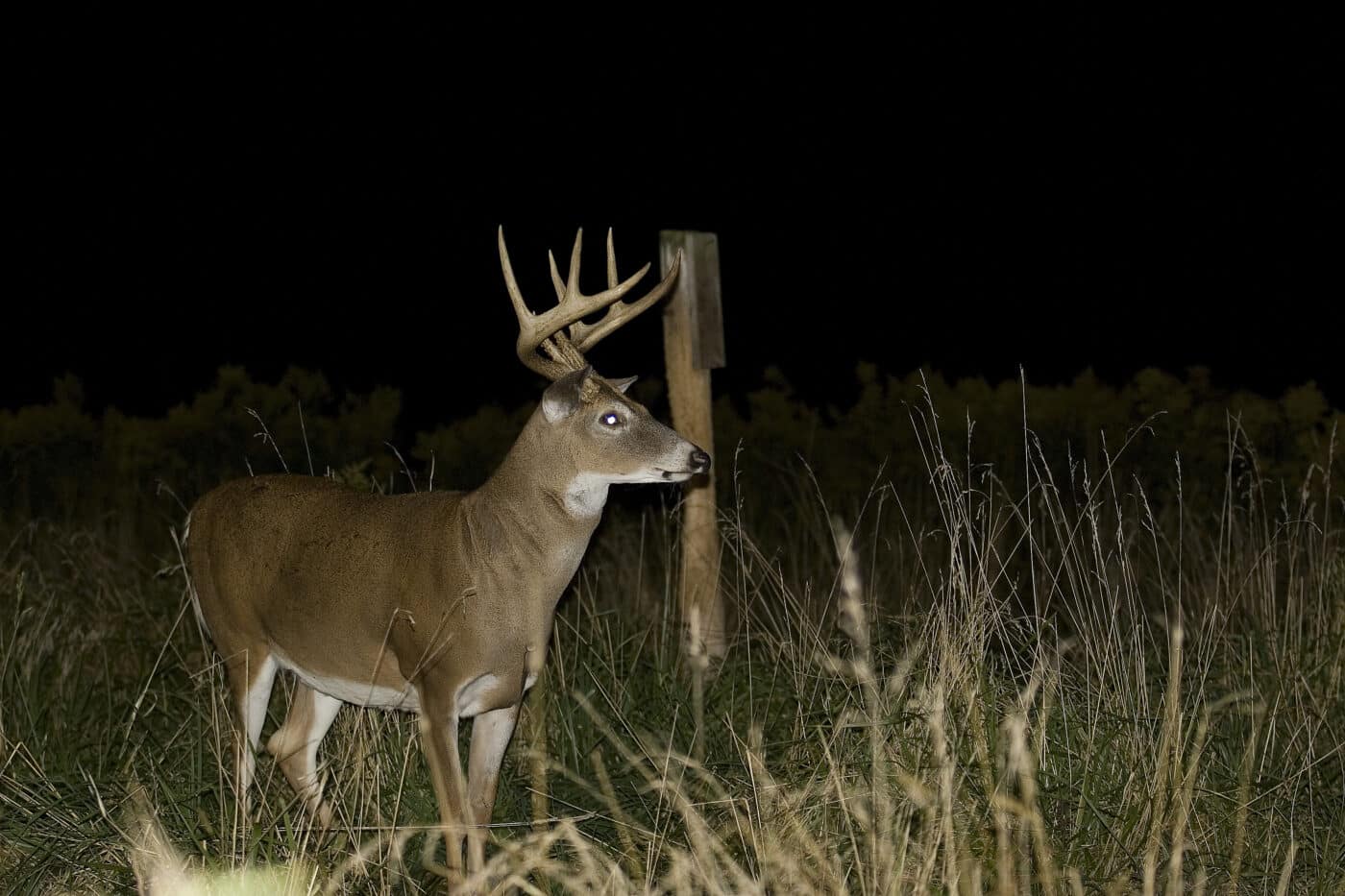
Exposed skin attracts a buck’s attention like a moth to a flame, especially when you turn your head to identify that mysterious “crunch-crunch-crunch” sound off to your left! So consider wearing gloves and a face mask, or paint your face, neck, ears and any exposed skin with camo cream to help you better hide in plain sight.
How high is too high? Most hunters like 10 to 12 feet, but if you are situated on a hillside you may need to climb higher as a buck sneaking downhill may be on eye level with you!
Tree Stand Safety
Keep in mind that climbing in and out of a portable stand can be dangerous. Use the three-point system — only one hand or foot away from the tree a time. Should you slip, you will be able to catch yourself before falling to the ground.
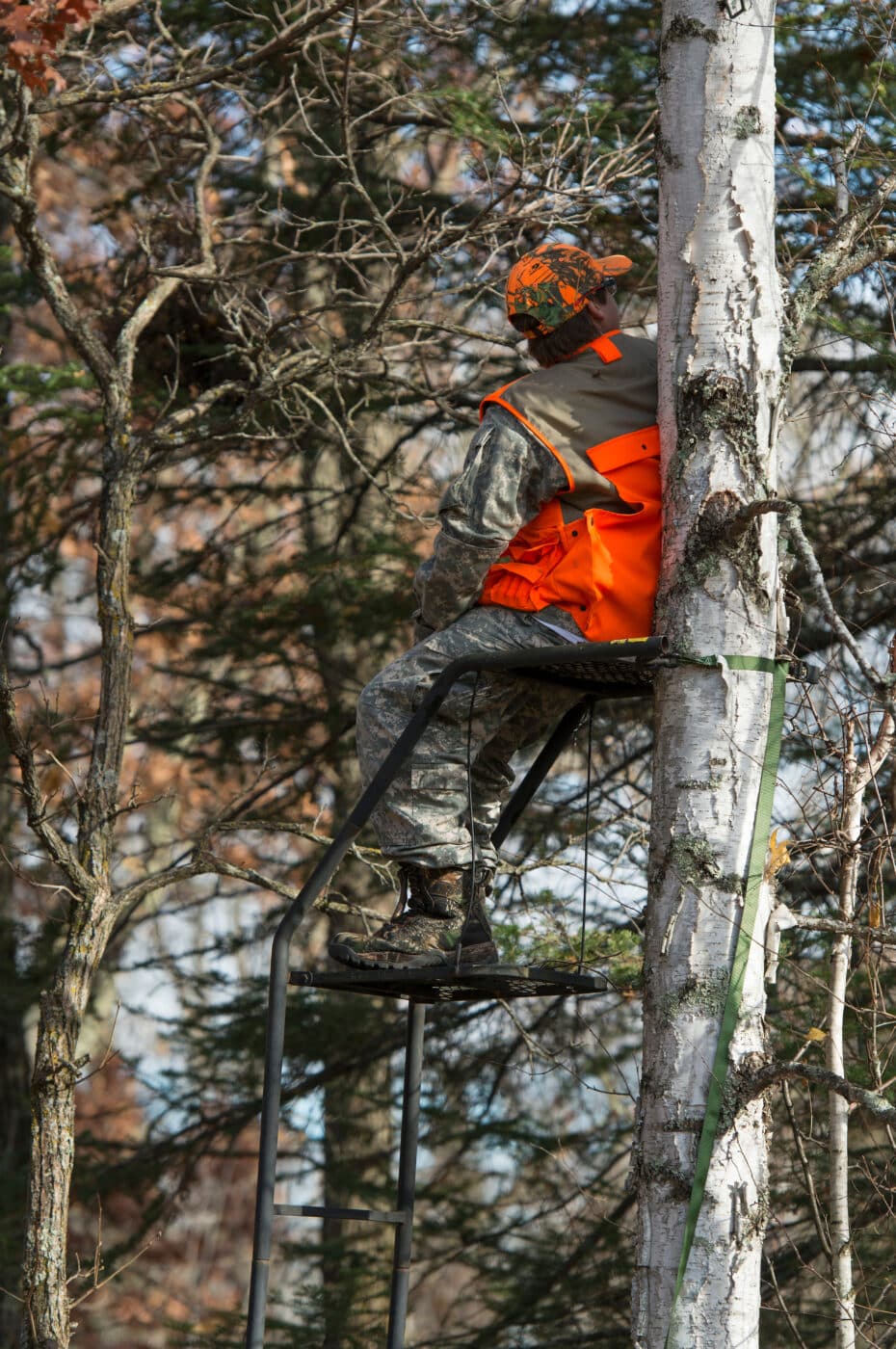
How to stop a buck from looking up? Set your stand near a buck rub, a brook crossing or a narrow stone wall opening. You could also use a decoy, a mock scrape or a canister of doe urine to momently divert his attention. And even then, to minimize those unpredictable and involuntary body movements that we all seem to make when the moment of truth presents itself, be prepared to shoot with the minimum of movement by simply remaining sitting down.
Fool a Buck’s Ears When in the Stand
Do a dry run on your stand before the season opener and make any adjustments needed to eliminate those tree stand squeaks and groans that can alert a nearby buck. Then swing your Waypoint around to insure you have a clear and unobstructed … and silent field of view. If needed, carpet the platform to muffle the sounds of your shuffling feet.
Use the “stop-n-go” cadence when approaching your stand and then again when you exit the area. Bucks instinctively recognize the steady rhythmic cadence of a human predator and will avoid the area. Hell, one careless trip in and out and the buck of your dreams will have YOU pegged!
Editor’s Note: Please be sure to check out The Armory Life Forum, where you can comment about our daily articles, as well as just talk guns and gear. Click the “Go To Forum Thread” link below to jump in!
Join the Discussion
Featured in this article
Continue Reading
Did you enjoy this article?

 41
41




